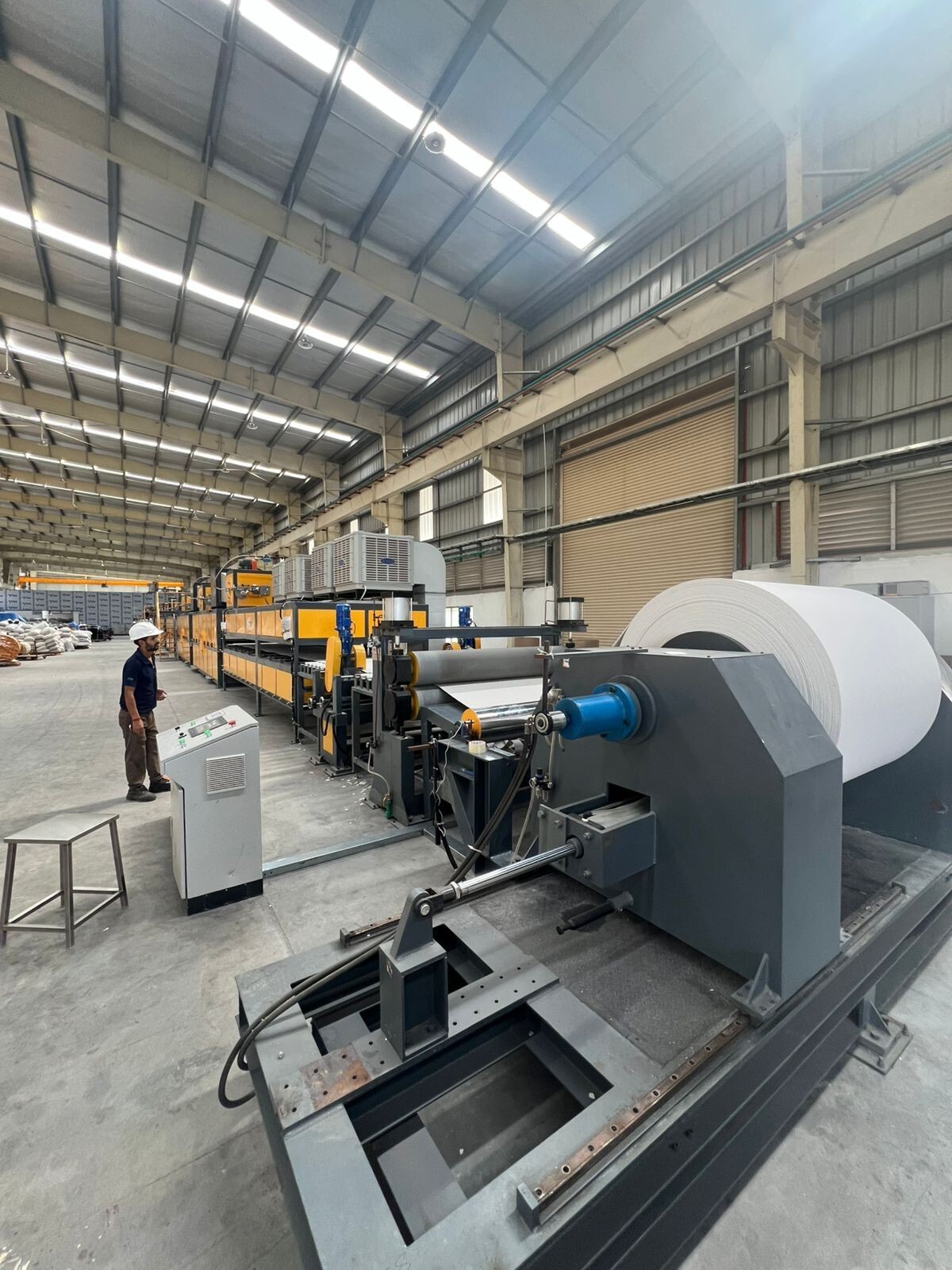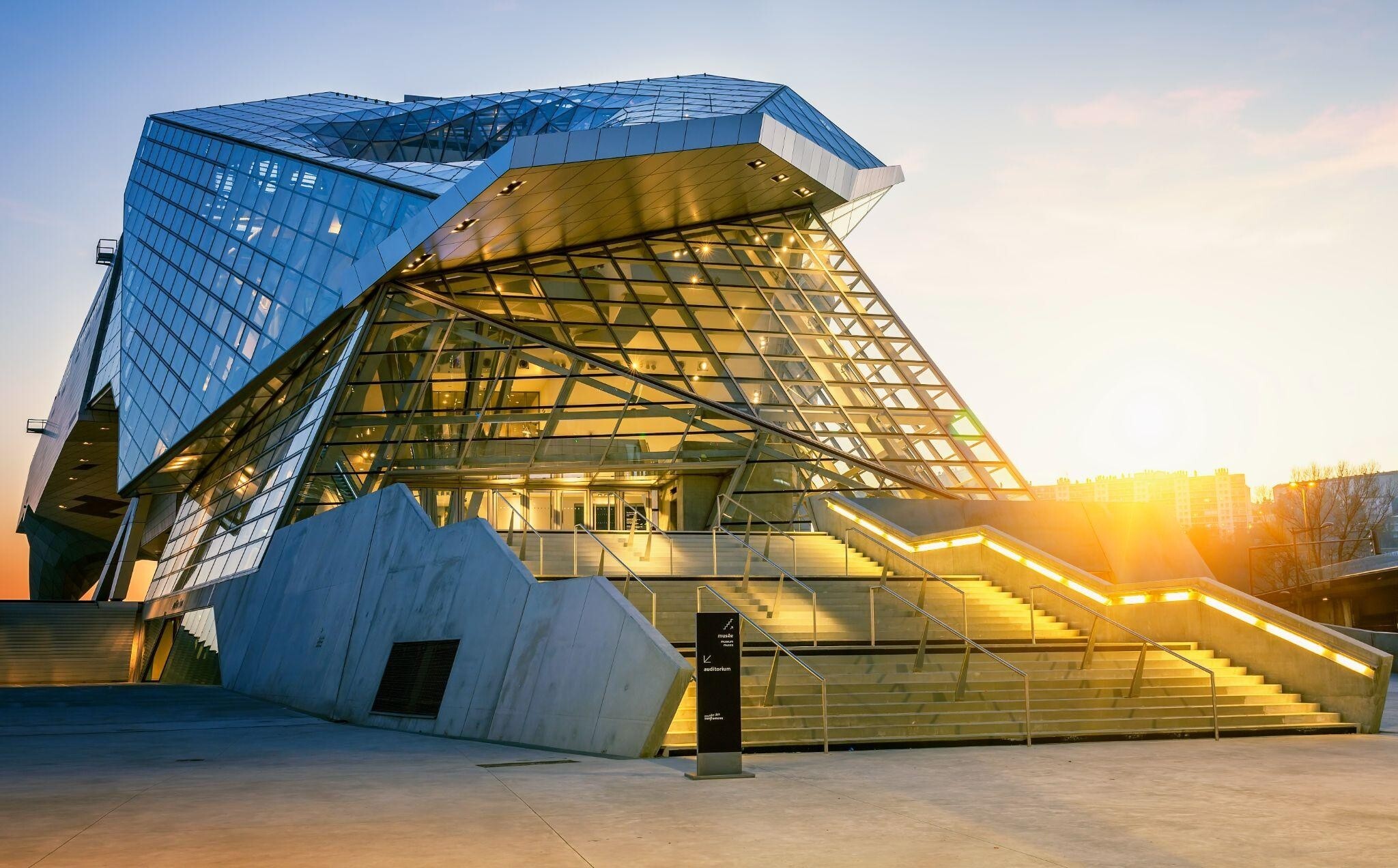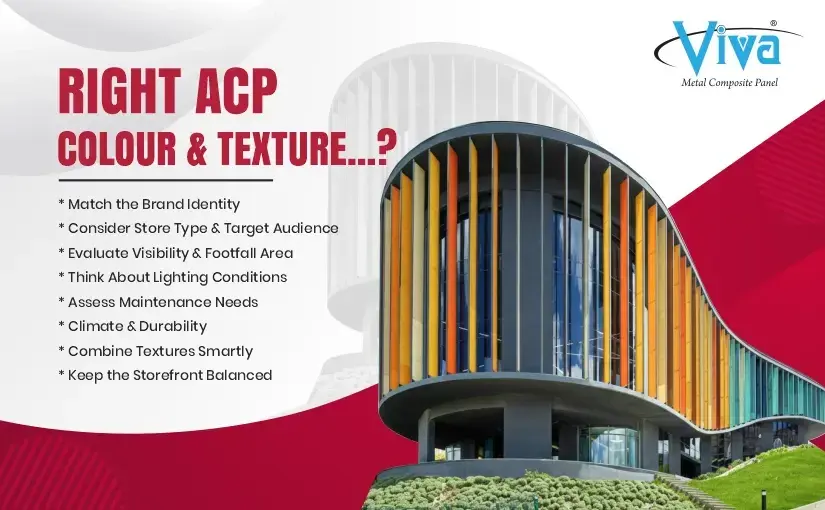
Nowadays, architectural designs involve aesthetics, sustainability, durability, and efficiency. Architects and designers are always experimenting with various materials that can produce beautiful, long-lasting architectural adornments. Architectural zinc panels are one such material that has gained a lot of hype.
Zinc panels are forever changing the entire architecture of facades, cladding, and roofing. However, what makes them so special? Now let’s take a look as to why architects have been turning towards creating shiny and long-lasting buildings with ZCP.
What is a Zinc Composite Panel?
Zinc composite panels (ZCP) consist of two layers of zinc sheets attached but not bonded to a noncombustible core. This composition provides a lightweight yet high-performance material that is attractive in a variety of environmental conditions. They provide:
- Excellent Corrosion Resistance: Zinc is naturally excellent corrosion resistant because of the protective patina that guards it from rust and degradation.
- Lightweight Composition: It reduces overall weight, and is easier to install.
- Sustainability: 100% recyclable, reducing the environmental footprint of construction projects. Moreover, they offer sustainable solutions for interior and exterior cladding.
Why Architects Choose Zinc Panels for Construction?
Manufacturers always rely on customer preferences. And their clients always seek something better and innovative. These are the reasons why architects choose zinc panels for their construction projects:
1. Unparalleled Durability and Weather Resistance
One of the most difficult things to do is select appropriate materials for architecture. Zinc Composite Panels are exceptionally resistant to weather damage from extremes of temperature, the heaviest rain, and UV radiation.
Zinc self-heals with a protective layer, a patina, that later on will never go away, preventing corrosion and increasing the lifespan of the building. That makes zinc an ideal material for urban and coastal environments, which are particularly tough on materials.
2. Versatility and Timeless Appeal
Architects appreciate flexible and beautiful materials. Zinc panels offer a modern, sleek look that would blend into traditional designs. There are textures, finishes, and colours to choose from, allowing for creative architectural expression.
ZCP sophisticated look with a smoothness that ages gracefully over time, and can be applied whether in a minimalist, ultra-modern skyscraper or a heritage-inspired facade.
3. Eco-Friendly
Modern architectural choices, influenced by sustainability, are taking the architectural zinc panels into account; they go perfectly in sync with green building practices. ZCP is a 100 per cent recyclable product with a lower carbon footprint than many other cladding materials.
In addition, it does not require the application of chemical coatings or paints. The natural patina of zinc minimizes the environmental impact. Therefore, ZCPs are often used by many architects to satisfy LEED (Leadership in Energy and Environmental Design) certification requirements because they support energy efficiency and resource conservation.
4. Energy Efficiency and Insulation Benefits
The energy efficiency of a building is increased by the fact that Zinc Composite Panels help in reducing heat absorption, thereby regulating to some extent, indoor temperatures. They have a reflected surface that minimizes heat buildup and reduces the costs of cooling in summer. Additionally, ZCPs have excellent acoustic insulation and are extremely important for noise control in urban environments.
5. Low Maintenance and Cost-Effectiveness
Long-term maintenance is one of the biggest concerns for the building owners. Traditional cladding materials usually require regular upkeep, repainting or treatment to avoid looking dated and looking the part.
Zinc, however, requires minimal maintenance. Being self-heeling, minor scratches or imperfections are naturally repaired over time and that eliminates the need to have to spend money on repairs or replacements. Therefore, ZCPs are extremely cost-effective investments in the long term.
Applications of Zinc Composite Panels
In architecture, there are multiple applications of zinc panels:
1. Building Facades and Cladding
Being both elegant and strong, zinc panels are widely used for building facades. In addition, they provide a visually striking exterior as well as protection for the structure from environmental damage. ZCPs offer flexibility to architects to experiment with different design elements such as flat panels, complex patterns, and curves.
2. Roofing Solutions
Zinc Composite Panels came to use because it has been a trusted roofing material for centuries. ZCP roofing is very weather-resistant and long-lasting, with its unique profile being a preferred material for use on modern and traditional type projects.
3. Interior Design and Decorative Elements
ZCPs are now being used in interior spaces as well as exteriors. These are applied for feature walls, ceilings and decorative installations. Hence, they give the homes, offices and commercial spaces a contemporary and industrial chic look.
4. Sustainable Infrastructure
Smart cities and infrastructure projects are moving towards sustainability, architectural zinc panels are fueling urban growth. This material has properties that are energy efficient, recyclable, and able to integrate with modern building technologies.
Conclusion
Despite its name, Zinc Composite Panels have become an outstanding material for contemporary construction, balanced by durability and sustainability, and the fact that they go harmoniously with the aesthetics of virtually any space and era. architectural zinc panels allow architects to use a versatile and long-life solution for facades, roofing or interior applications to complete building structural integrity and aesthetic components.
If your project involves the construction of something that both looks great and has substance, Viva’s ZCP can offer a solution that is cutting-edge, sustainable and enduring. And when it comes to the future of architecture, it is clad in zinc.
FAQ
Are Zinc Composite Panels fire-resistant?
Indeed, Zinc Composite Panels have a fire-resistant core. But before installing the unit, it is important to verify certification and ratings for fire safety from the manufacturer and to check whether the unit complies with local building regulations.
What is the lifespan of Zinc Composite Panels?
Zinc Composite Panels have excellent durability. Their self-healing patina and corrosion resistance make them last decades even above 50 years with almost no maintenance needed.
Why should I choose Viva’s Zinc Composite Panels?
The Zinc Composite Panels from Viva are superior in corrosion resistance, lightweight design and aesthetic appeal in the market. Viva’s ZCP can be used for facades, roofing, or interior applications with the perfect combination of style, strength and nature-friendly.
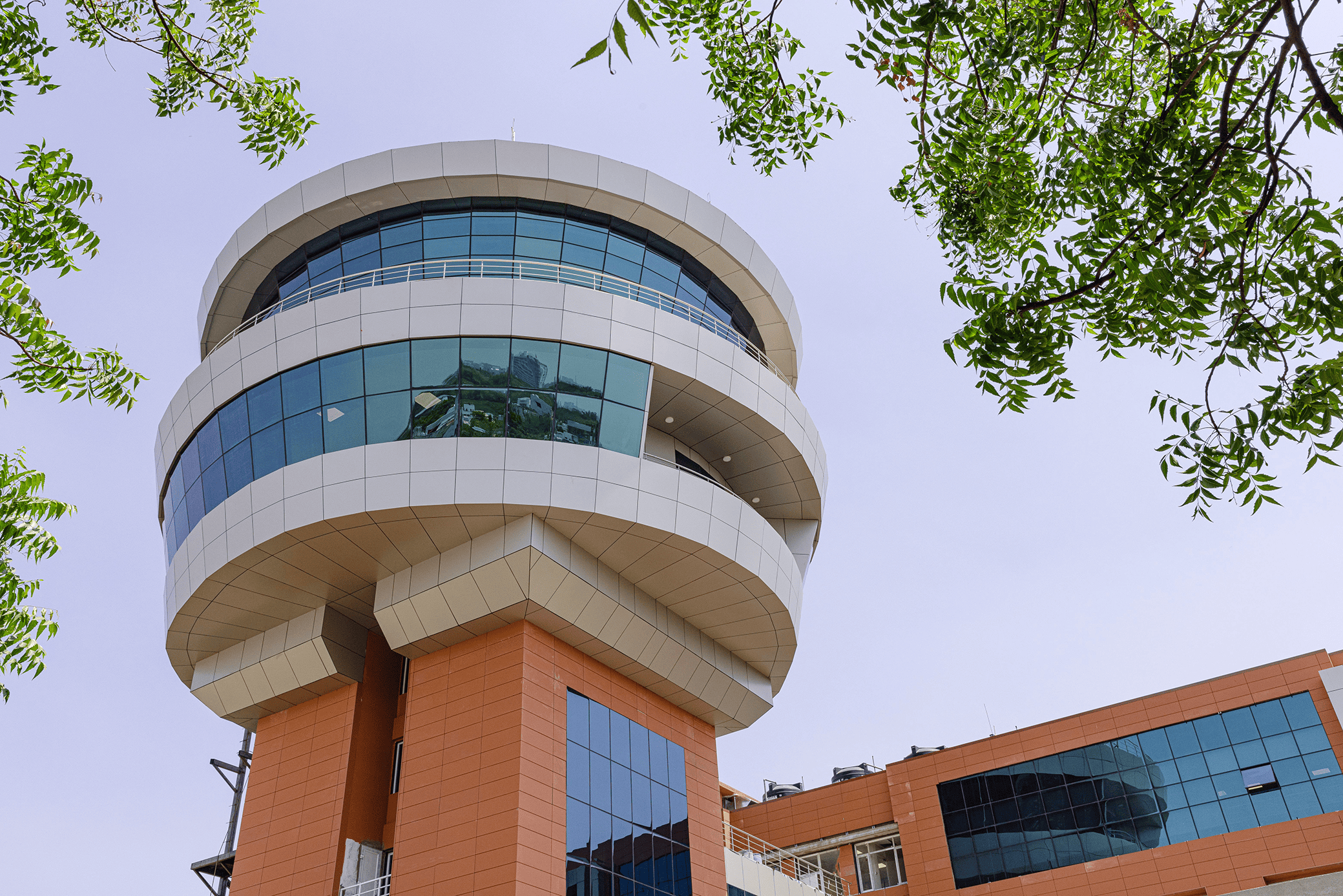
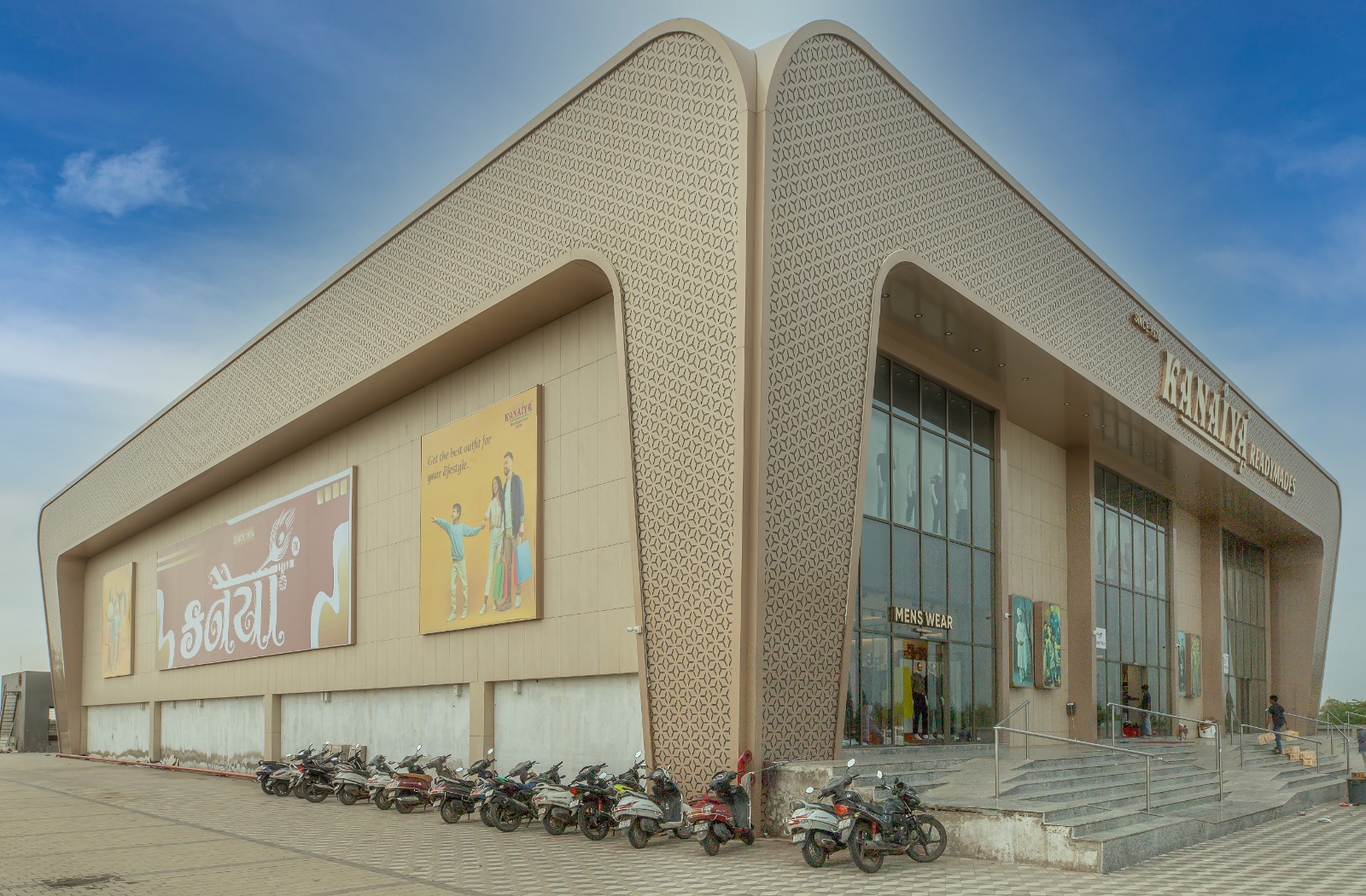
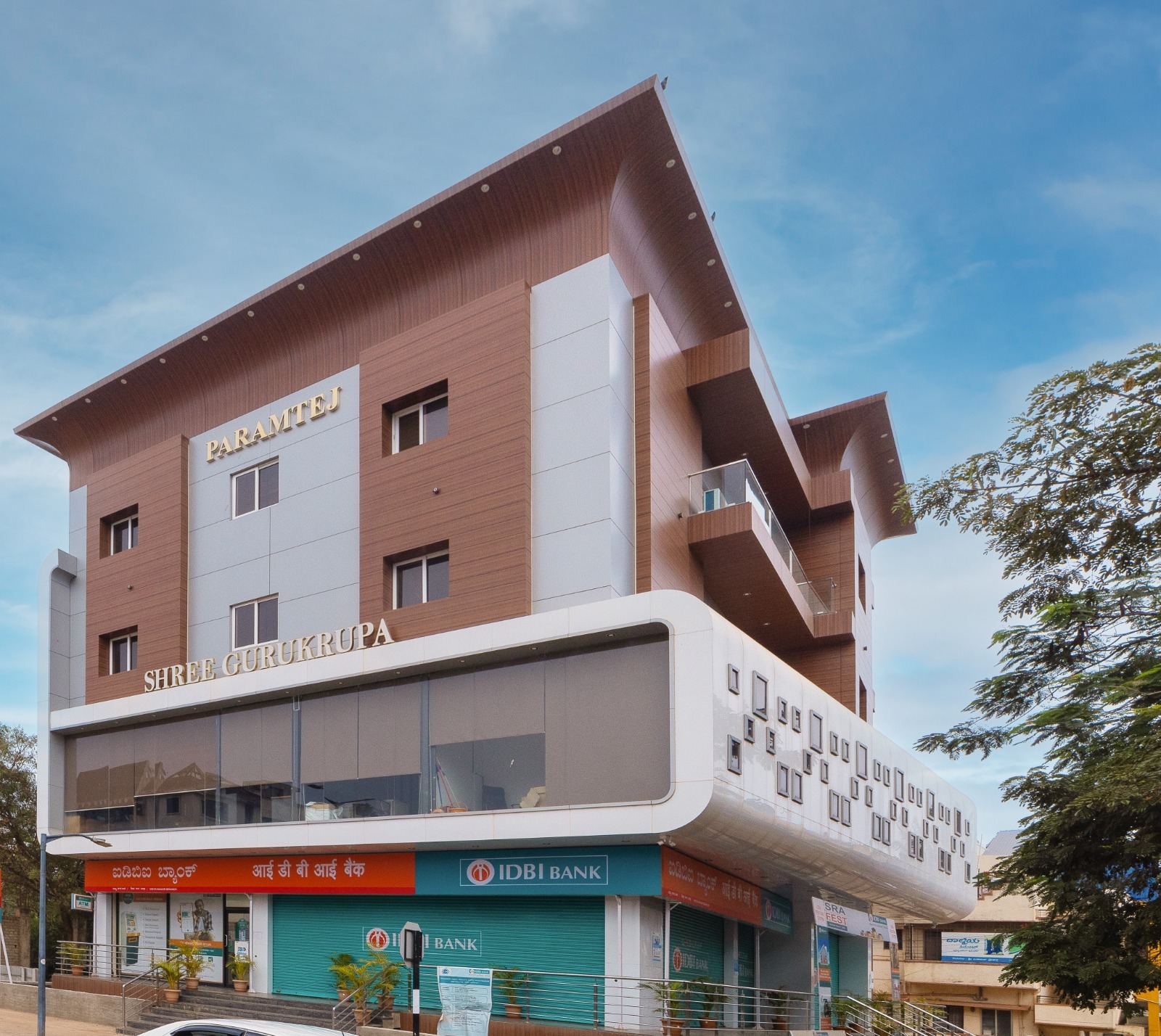


 en
en
 Spanish
Spanish Arabic
Arabic Swahili
Swahili French
French